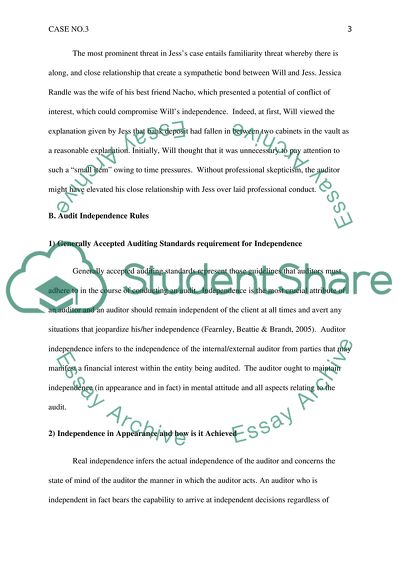Cite this document
(Case No. 3 is classic example on Professional Skepticism and Auditor Coursework, n.d.)
Case No. 3 is classic example on Professional Skepticism and Auditor Coursework. https://studentshare.org/finance-accounting/1795442-case-no-3-is-classic-example-on-professional-skepticism-and-auditor-independence
Case No. 3 is classic example on Professional Skepticism and Auditor Coursework. https://studentshare.org/finance-accounting/1795442-case-no-3-is-classic-example-on-professional-skepticism-and-auditor-independence
(Case No. 3 Is Classic Example on Professional Skepticism and Auditor Coursework)
Case No. 3 Is Classic Example on Professional Skepticism and Auditor Coursework. https://studentshare.org/finance-accounting/1795442-case-no-3-is-classic-example-on-professional-skepticism-and-auditor-independence.
Case No. 3 Is Classic Example on Professional Skepticism and Auditor Coursework. https://studentshare.org/finance-accounting/1795442-case-no-3-is-classic-example-on-professional-skepticism-and-auditor-independence.
“Case No. 3 Is Classic Example on Professional Skepticism and Auditor Coursework”. https://studentshare.org/finance-accounting/1795442-case-no-3-is-classic-example-on-professional-skepticism-and-auditor-independence.


